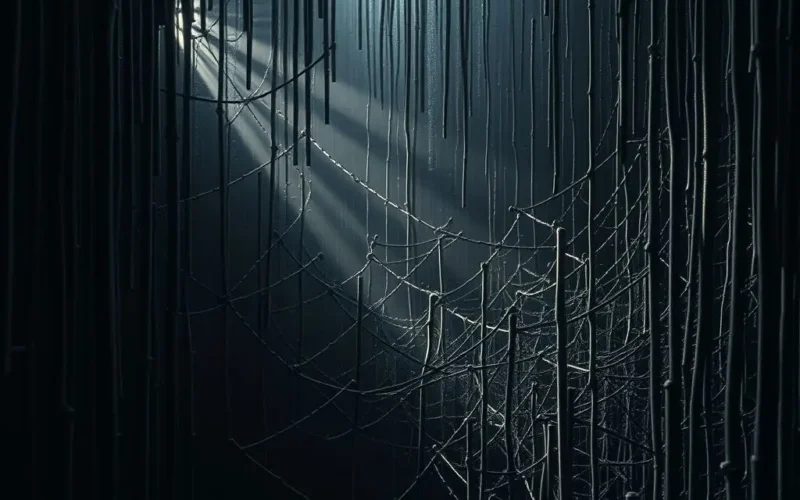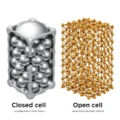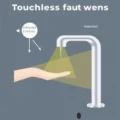Ever encountered something so profoundly dark it challenges your perception of reality? Imagine a material that doesn’t just reflect light poorly, but utterly devours it, making three-dimensional objects appear as flat, featureless voids. This isn’t science fiction; it’s Vantablack, a revolutionary material pushing the boundaries of what ‘black’ truly means. Originally developed for advanced technological applications, Vantablack is now making waves in the art world and beyond, offering a glimpse into an otherworldly darkness right here on Earth.
Table of Contents
What Exactly Is Vantablack?
The name Vantablack is an acronym for ‘Vertically Aligned NanoTube Array Black’. It’s not a pigment or a paint in the traditional sense. Instead, it’s an engineered surface composed of millions upon millions of microscopic carbon nanotubes, each with a diameter roughly 1/10,000th that of a human hair. These nanotubes are grown vertically, resembling a dense, microscopic forest.
When light strikes this arrangement, it doesn’t bounce back; it enters the forest of nanotubes and gets perpetually trapped, bouncing around until its energy dissipates as heat. This unique structure allows Vantablack to absorb an astonishing 99.965% of visible light, making it the darkest substance known to man. It’s so dark, it plays tricks on your eyes, making the familiar look utterly alien.

The Science Behind Light Absorption
The secret to Vantablack’s unparalleled darkness lies in its nanoscale architecture. Think of light as tiny particles (photons) or waves. When these photons encounter the Vantablack surface, they don’t hit a flat, reflective plane. Instead, they plunge into the chaotic, labyrinthine structure of the vertically aligned carbon nanotubes. These nanotubes are so incredibly narrow and tightly packed that once a photon enters, it begins an endless journey of bouncing between the tubes. With each bounce, a tiny fraction of the photon’s energy is absorbed, until virtually all of it is converted into heat. Very, very few photons ever find their way back out, which is why our eyes perceive it as an absolute absence of light – a true void.
To truly grasp the perplexing nature of Vantablack, sometimes seeing is believing. We’ve put together a short visual explanation that might just deepen your appreciation for this light-eating marvel. Take a moment to watch our quick dive into the world of Vantablack:
Beyond the Black: Applications and Impact
While its visual impact is mesmerizing, Vantablack wasn’t conceived for aesthetic pleasure. Its initial development by Surrey NanoSystems was driven by highly specialized technological demands.
Space and Defense
Initially, Vantablack was designed to enhance the performance of sensitive optical instruments, particularly in aerospace and defense. Its ability to absorb stray light is crucial for telescopes and sensors used in space, preventing light from interfering with observations of distant stars or Earth. For military applications, it could be used for camouflage, making objects virtually invisible to thermal imaging or advanced sensors by minimizing light reflection and heat signature. Imagine satellites with Vantablack coatings that are harder to detect, or stealth aircraft that truly blend into the night sky.
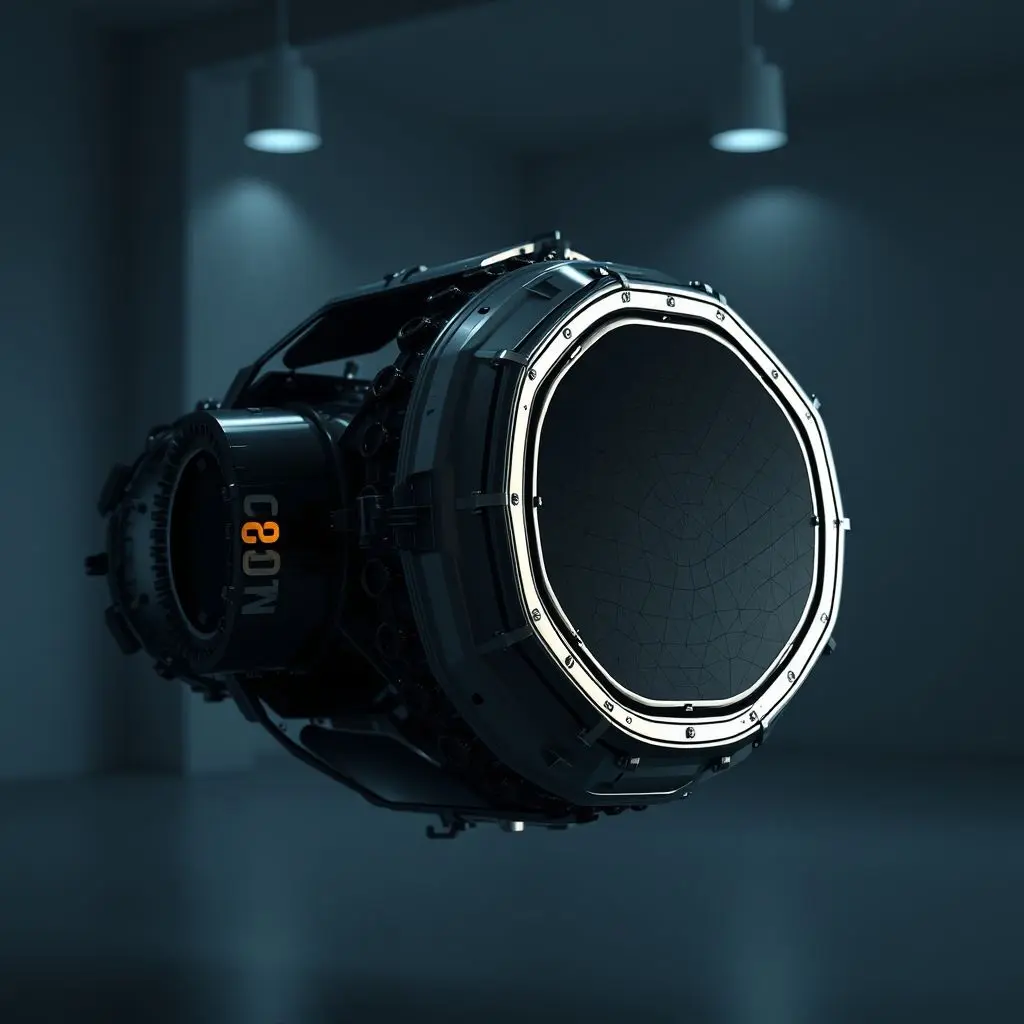
Art and Design
The material’s foray into the art world began with British artist Anish Kapoor, who controversially acquired exclusive rights to use Vantablack in art. This sparked a significant debate about ownership of colors and materials, leading to the creation of alternative ‘blackest blacks’ by other artists and companies. Despite the controversy, Vantablack’s artistic potential is undeniable. Artists can use it to create optical illusions, manipulate perceptions of depth, and evoke profound emotions, turning canvases into literal black holes.
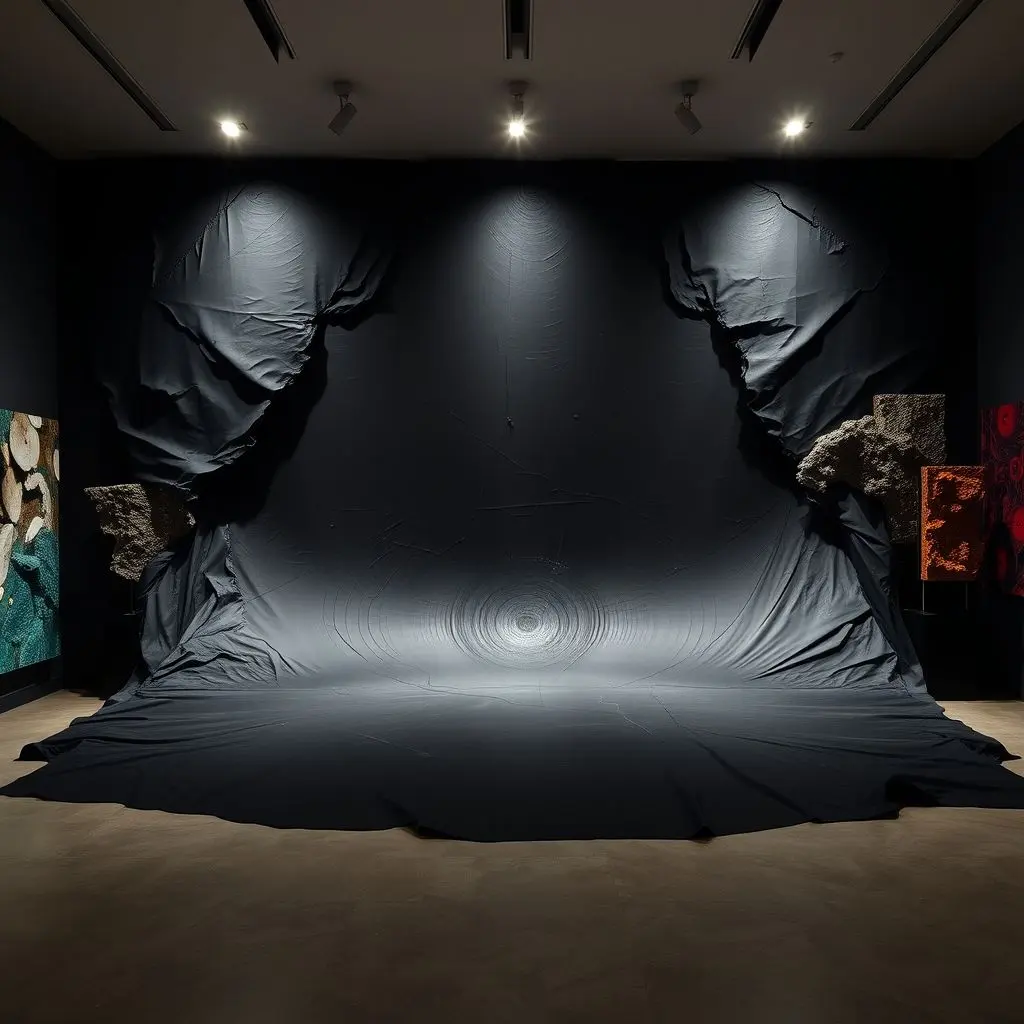
Beyond the Horizon: Other Potential Uses
The possibilities extend far beyond current applications. Consider its use in solar energy, where its light-absorbing properties could significantly improve efficiency. In consumer electronics, devices could sport finishes that make them appear impossibly sleek and minimalist. The medical field might find applications in specialized diagnostic equipment. While some of these are still conceptual, the foundational technology promises a wide array of future innovations.
The Sensation of Staring into a Void
Looking at Vantablack is an experience unlike any other. Our brains are hardwired to interpret shape, depth, and texture based on how light interacts with surfaces – the shadows, highlights, and subtle variations in reflection. Vantablack eliminates all of these cues. When you gaze upon an object coated in Vantablack, your brain receives almost no visual information. It’s like looking into a true absence of anything. A crumpled piece of foil coated in Vantablack would appear as a flat, two-dimensional silhouette. This profound lack of visual information can be disorienting, even unsettling, making it feel as if you are staring into an infinite, bottomless void.
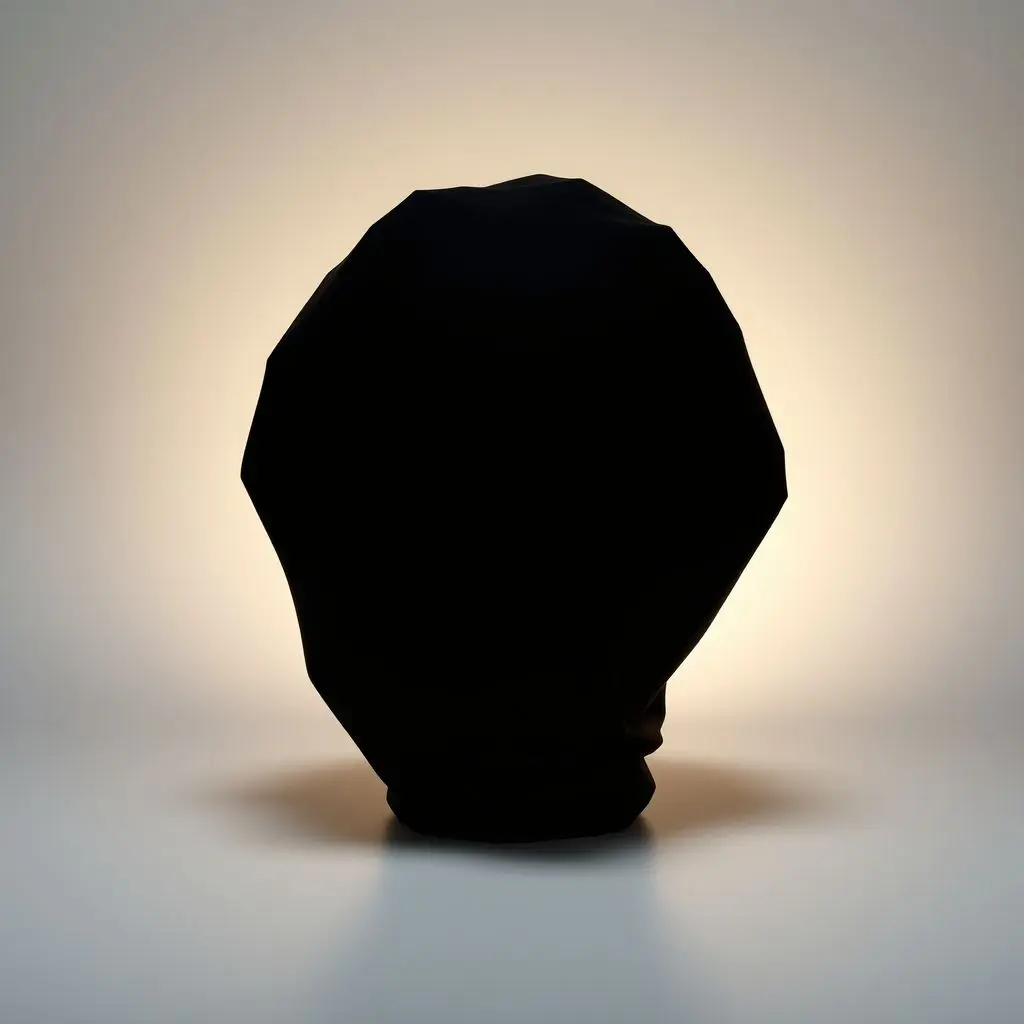
The Commercial Landscape and Alternatives
Surrey NanoSystems maintains strict control over Vantablack’s distribution due to its complex application process and strategic importance. It’s not something you can simply buy off the shelf. This exclusivity, particularly the controversial deal with Anish Kapoor for artistic use, spurred a wave of innovation among competitors. Other companies and artists have since developed their own ultra-black coatings, such as Musou Black (from Japan’s KoPro) or Singularity Black (from NanoLab), which achieve very high light absorption rates (though typically slightly less than Vantablack). These alternatives offer more accessible options for artists and designers seeking extreme darkness without the same restrictions.
Frequently Asked Questions About Vantablack
- Is Vantablack dangerous to touch? No, Vantablack itself is non-toxic and safe to touch. However, the delicate nanostructure can be easily damaged by physical contact, which would reduce its light-absorbing properties.
- Can Vantablack be used on anything? Vantablack is applied in a specialized process, typically via a chemical vapor deposition (CVD) method. It works best on materials that can withstand high temperatures during application. While versatile, it’s not a universal spray paint.
- Is it truly the ‘blackest black’? Vantablack holds the record for the highest light absorption (99.965%) for a material, making it the blackest engineered substance. However, scientists are always pushing boundaries, and slight improvements might emerge.
- Why is it so expensive/exclusive? The complex manufacturing process, the proprietary technology developed by Surrey NanoSystems, and its high-demand applications in specialized fields contribute to its exclusivity and cost.
- What’s the difference between Vantablack and normal black paint? Normal black paint absorbs light through pigments, reflecting some light and color. Vantablack’s unique nanotube structure traps light, absorbing almost all of it without reflection, creating a visual void.
From the depths of space exploration to the cutting edge of contemporary art, Vantablack continues to redefine our understanding of darkness. It’s more than just a material; it’s a testament to human ingenuity, pushing the boundaries of engineering and perception. Staring into its profound absence of light is a humbling experience, a tangible reminder that even in darkness, there’s always something new to discover, a deeper level of reality to explore. What frontiers will Vantablack open next? Only time, and perhaps even deeper shades of black, will tell.
